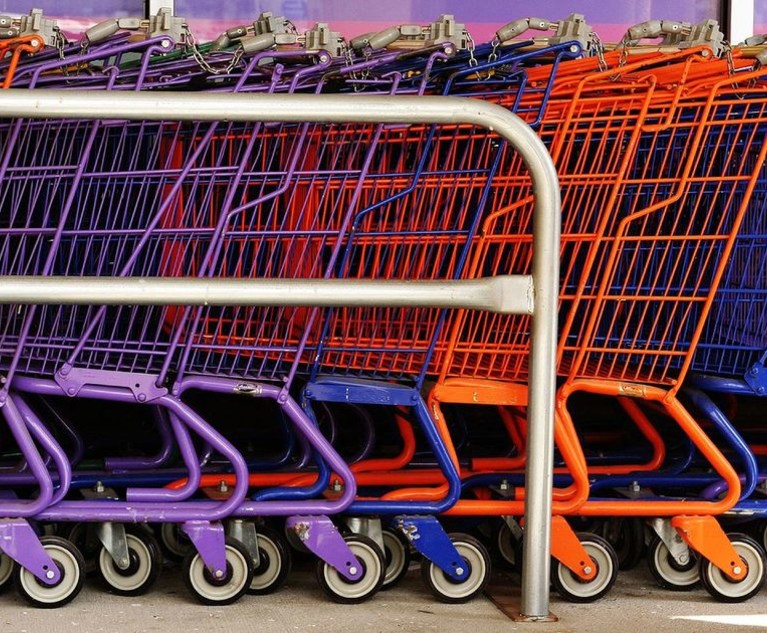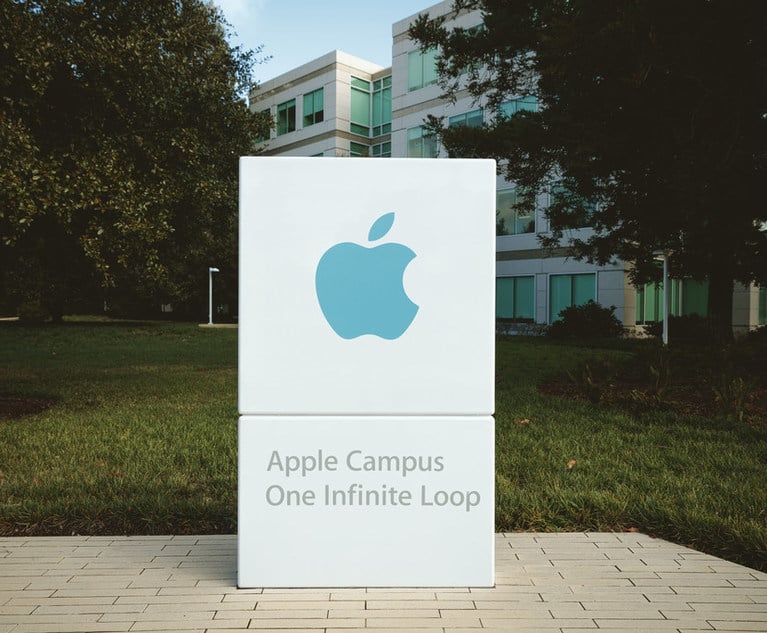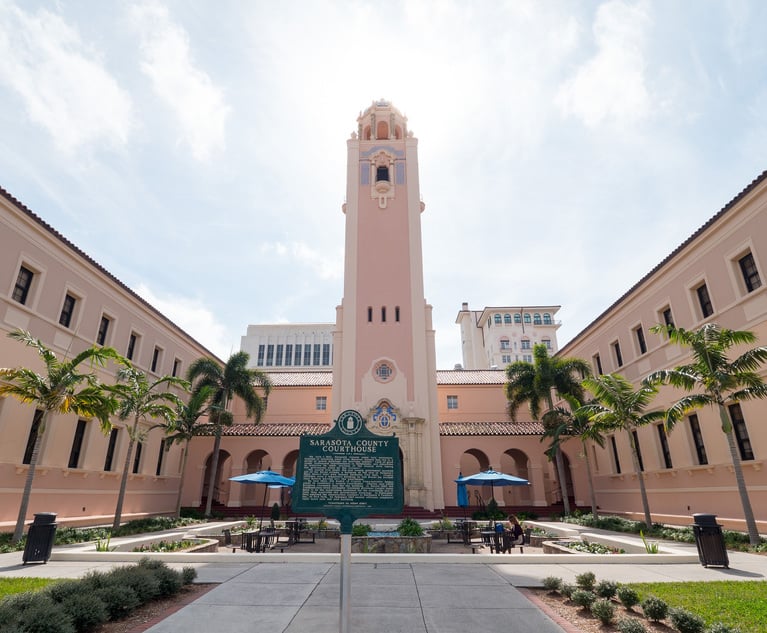In order to recover damages, persons who suffer injury at a commercial retail establishment ordinarily must prove that the premises was in a dangerous condition and that that condition was either caused by the proprietor or that the proprietor had actual or constructive notice of its existence. Obviously, where the danger is created by the business owner, there is no separate obligation to prove notice. But there is another scenario under which a plaintiff is relieved of the burden of proving notice: a case involving a self-service business where the “mode-of-operation” of the business is such that the injury could be anticipated. Nisivoccia v. Glass Gardens Inc., 175 NJ 559,563 (2003). The mode-of-operation doctrine developed as a remedy for the unsafe way in which self-service stores were being operated. Because plaintiffs generally could not prove actual or timely constructive notice in most cases, businesses were not being held liable for their shortcomings and no incentive to change existed. The mode-of-operation rule was intended to account for the way in which a commercial retail establishment chooses to run its business and to relieve plaintiffs from proving actual or constructive notice where that mode-of-operation makes it reasonably probable that a dangerous condition will be created.
To secure the burden-shift of the mode-of-operation rule, in addition to showing that the accident occurred in a self-service store where customers are independently handling merchandise, plaintiff must prove that there is a reasonable factual connection “between the defendant’s self-service activity and the dangerous condition allegedly producing the plaintiff’s injury.” See Model Jury Charges (Civil), 5.20F.







